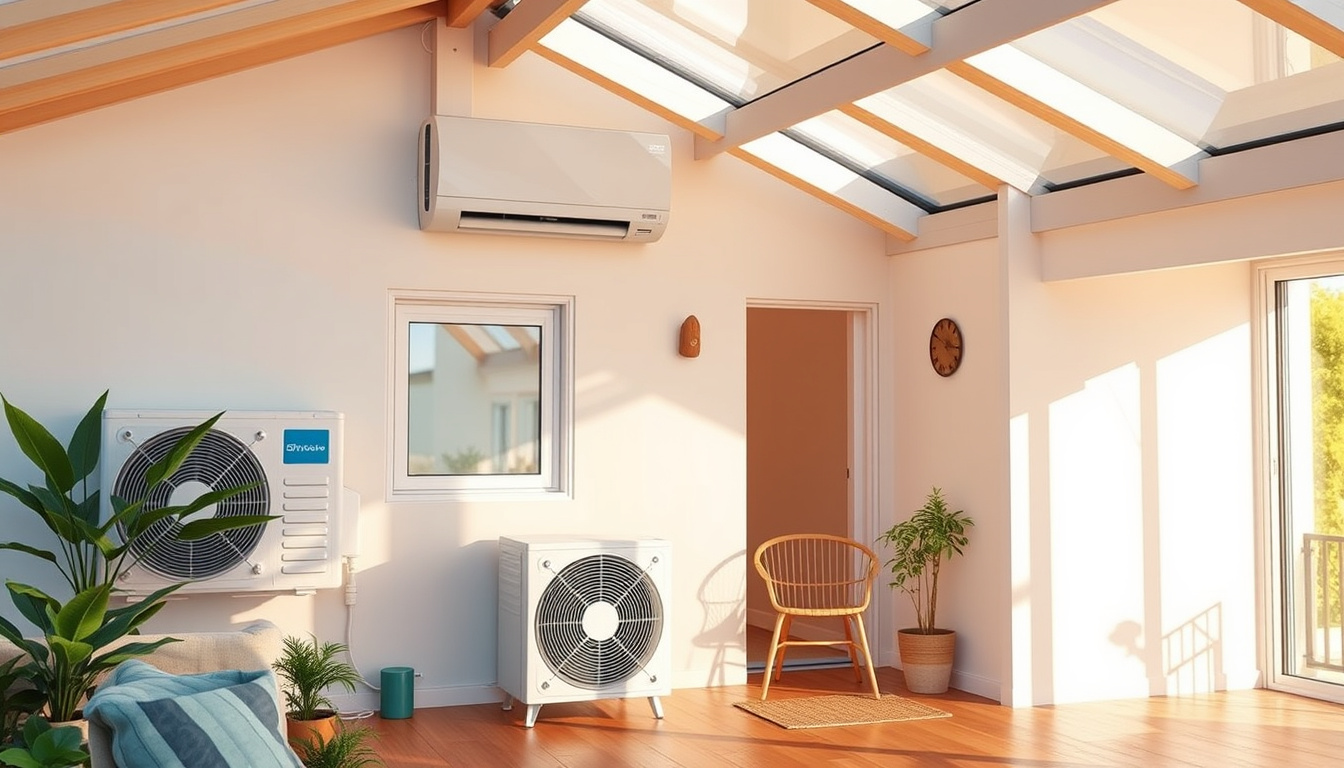Beat the Heat: A Comprehensive Guide to Modern Cooling Systems and Their Benefits
As temperatures rise, the importance of effective cooling systems becomes paramount in ensuring comfort and efficiency in both residential and commercial buildings. Cooling systems are designed to remove heat from indoor spaces, maintaining a comfortable environment even during the hottest months of the year. Understanding the various types of cooling systems available, their functionalities, and energy efficiencies can significantly enhance your indoor comfort while managing energy costs.

Understanding the Basics of Cooling Systems
Cooling systems operate on the fundamental principle of heat transfer, utilizing methods to extract heat from an interior space and expel it outdoors. These systems employ various technologies, with the most common being air conditioning, heat pumps, evaporative coolers, and ductless mini-split systems.
-
Air Conditioning:
At the heart of many cooling solutions is the conventional air conditioning system. It typically utilizes a compressor cycle similar to refrigeration technology. The process involves a refrigerant that absorbs heat as it changes states. The heat is then dispelled outside through an outdoor compressor unit. -
Heat Pumps:
Often functioning as both a heating and cooling system, heat pumps circulate refrigerant in a manner similar to air conditioners but can reverse the cycle to provide warmth during colder months. Their efficiency is measured using the Seasonal Energy Efficiency Ratio (SEER), with higher ratings indicating better energy efficiency. -
Evaporative Coolers:
Especially popular in dry climates, evaporative coolers or "swamp coolers" work by passing warm air through moist pads, thus cooling the air through evaporation. They can substantially reduce cooling costs since they primarily utilize fan power, offering an energy-efficient alternative to traditional air conditioning, with savings of up to 75%. -
Ductless Mini-Split Systems:
These systems eliminate the need for ductwork, making them ideal for retrofitting older homes or additional rooms. Each unit operates independently, allowing for customizable temperature control in various zones of the house. While the upfront cost is higher, the involved energy savings can offset this expense over time.
Energy Efficiency and Standards
Energy efficiency is a critical consideration when selecting a cooling system. Makes and models vary widely in efficiency ratings. For central air conditioners and air-source heat pumps, the Department of Energy mandates minimum SEER ratings, which have evolved to require a minimum of 14 SEER in many regions.
Choosing the Right System for Your Needs
When selecting a cooling system, consider several factors:
- Climate: Systems such as evaporative coolers work best in arid climates, while air conditioning is indispensable in humid areas. Understanding local weather patterns will inform the best choice.
- Home Size and Layout: Larger homes may benefit from centralized air conditioning, while smaller spaces could effectively use ductless mini-splits or room air conditioners.
- Budget and Long-Term Costs: Factor in both initial investment costs and expected operational costs over the system’s lifespan. A slightly higher upfront investment in energy-efficient systems can lead to significant savings on utility bills.
Tips for Optimal Cooling Efficiency
-
Thermostat Management: Programs your thermostat to raise temperatures a few degrees when you’re away from home. This simple adjustment can yield substantial energy savings.
-
Regular Maintenance: Ensure cooling systems are maintained properly. Replace filters monthly, clean units often, and have regular professional check-ups to enhance efficiency.
-
Weatherize Your Home: Effective insulation, energy-efficient windows, and proper sealing of doors and windows can minimize the cooling load on your system, allowing it to function more efficiently.
-
Supplement with Fans: Ceiling and exhaust fans distribute cool air effectively, enhancing comfort without further taxing the cooling system.
Conclusion
Navigating the variety of cooling systems available can seem daunting, but understanding their operations and efficiency ratings is crucial for making informed decisions. By considering local climate, home characteristics, and implementing proper maintenance practices, you can choose a cooling solution that not only keeps your space comfortable but also conserves energy and reduces overall costs. Stay cool and beat the heat with the right cooling system tailored to your needs!
